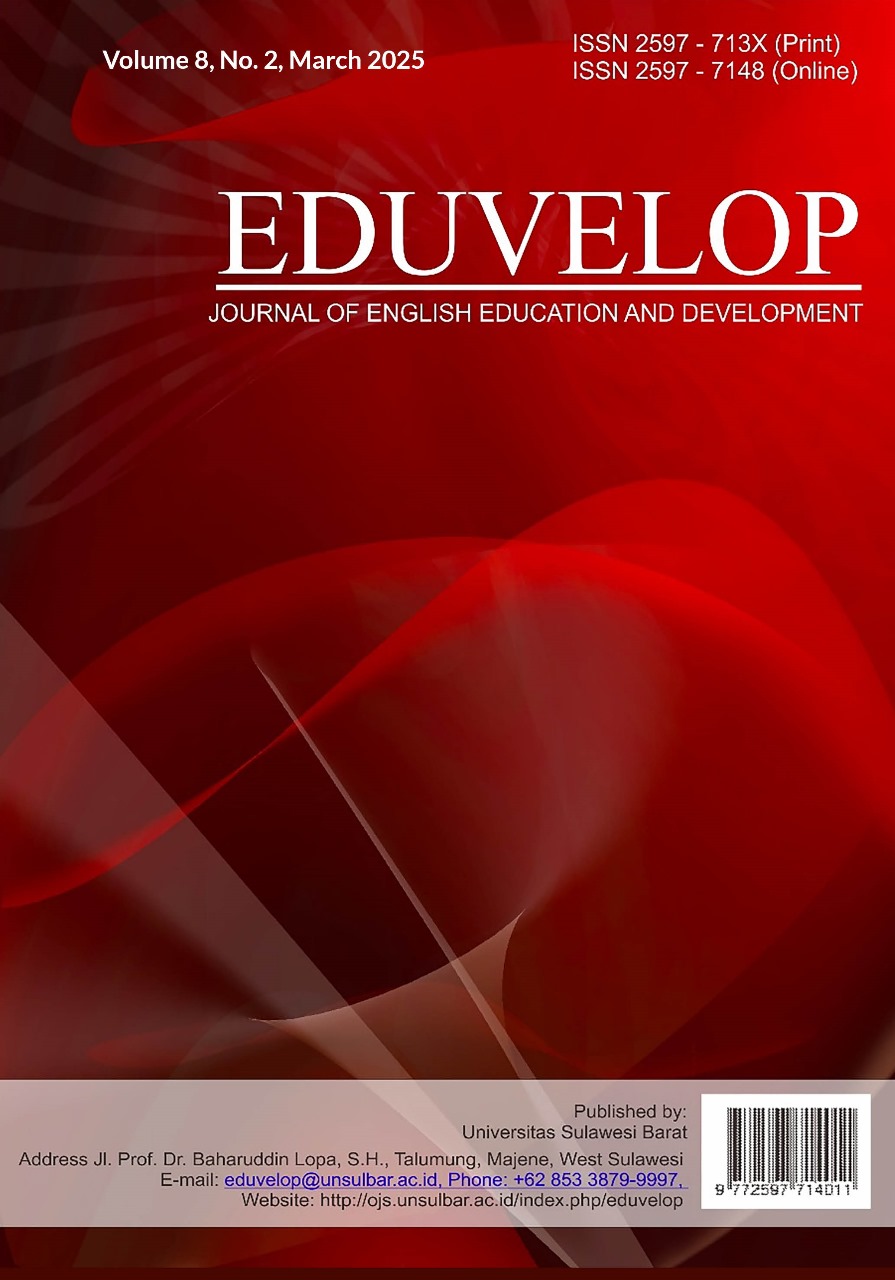Main Article Content
Abstract
This study evaluates the quality of Indonesian subtitle translations in four English-language short movies—Alternative Math, Gift, Ripple, and Snake Bite—based on accuracy, acceptability, and readability. Using the translation quality model by Nababan, a total of 227 sentence pairs were assessed by five qualified evaluators. The research adopted a qualitative descriptive design and employed the Miles and Huberman model for data analysis, including data reduction, display, and conclusion drawing. The findings show that human-translated subtitles (e.g., in Ripple and Gift) achieved significantly higher scores across all three dimensions than those generated by automated tools (e.g., Snake Bite). Linguistic and cultural appropriateness, idiomatic fluency, and emotional clarity were key indicators of high-quality translations. The study also highlights how short movies, due to their narrative density and brevity, demand a high degree of precision in subtitle rendering. Errors in short film subtitling tend to be more disruptive due to the limited space for dialogue and the high narrative weight of each line. The findings confirm that short movies are valuable for translation practice and constitute a distinct genre requiring targeted strategies. The study recommends the continued use of professional human translators and translation quality assessment models in audiovisual content production.
Keywords
Article Details

This work is licensed under a Creative Commons Attribution 4.0 International License.

